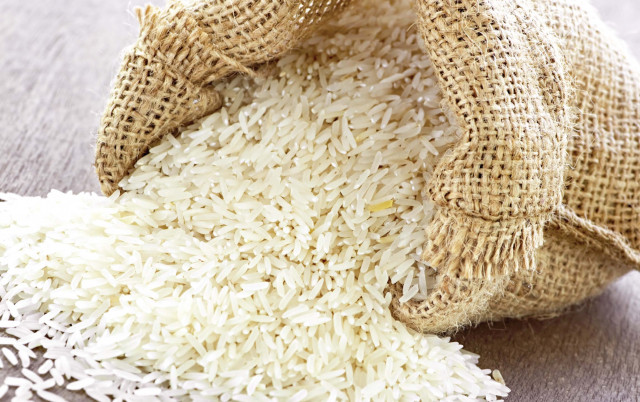Efficient rice growing technology yet to find takers
Fertiliser and pesticide companies may have created hurdles in its adoption.

The cultivation of SRI crop produces around five to ten mounds more than traditional rice crops per yield as a result of lower grain loss due to heavy winds. PHOTO: CREATIVE COMMON
Lok Sanjh CEO Shahid Zia who introduced the idea after learning from successful examples in other countries, believes the government and other NGOs are reluctant in encouraging small farmers to introduce SRI due to its methodology, which does away with costly fertilisers and pesticides.
“SRI plantations are being encouraged amongst small-scale farmers (those who own 2-10 acres of land), but fertiliser and pesticide companies oppose the concept and discourage farmers just so they can protect their own interests. We have been doing this for the last five years, but no one from the government or a non-government organisation has stepped forward to encourage its adoption,” he says.

Process and benefits of SRI
Rice is planted in a nursery and then transplanted into the soil. An accurate sapling to sapling distance of ten inches (25 centimetres) has to be maintained. The transplantation takes place after two to three weeks of nurturing in the nursery (as compared to 50 days under traditional methods). The even distance between plants leads to even aeration of the crop, which results in stronger roots. Stronger roots prevent lodging and crop loss and seasonal fungal and pest attacks.
The cultivation of SRI crop produces around five to ten mounds more than traditional rice crops per yield as a result of lower grain loss due to heavy winds. The SRI method also requires lesser water: the field is only kept moist, and is flooded only during the flowering stage, which lasts about 20 to 25 days. Of the three stages of rice growing – vegetation, flowering and maturing – only the flowering stage requires flooding, while the traditional style of growing requires watering every day.
As many as 80% farmers using the SRI method grow their crop organically. Very few use industrial fertilisers. “The only real drawback of the SRI method is that it is more laborious than traditional methods,” says Zia.
“Taking care of the sapling in the nursery and then transplanting it at a measured distance of nine inches is a bit arduous. It has to be very accurate. There isn’t any need for pesticides or fertilisers because of the strong root system,” he adds.
“In the face of the water crisis and heavy pollution of natural wetlands, there is an immediate need to introduce such technologies,” he observed. “Under SRI, four different formulations, all natural, can be used to prevent pest attacks. They are cheap and biological, keeping farmers from using chemical pesticides. Bio-pesticides used by farmers contain neem, nicotine, lemongrass or sorghum. In the past five years, not a single a single pest attack has been observed,” claimed Zia.

During annual training sessions, farmers are taught to make liquid compost. Usage of compost instead of fertiliser has improved soil quality, instead of creating problems like soil exhaustion and causing water-logging.
Benefits to local farmers
Funds formerly used to purchase diesel for tractor use, electricity for running water pumps and releasing more water as is required in traditional method, are now being redirected by farmers into employing more people for caring for the sapling in nurseries and transplanting saplings into the ground at an even distance. And still the costs come to half of those under traditional methods.
The demand for more labour has also led to the creation of more seasonal jobs in areas of SRI harvests. However, finding the right labour is a difficult task, as the saplings need be transplanted at an even distance and require great care while in the nursery.
Lok Sanjh has also encouraged the activity among women farmers, with most harvesting it on small holdings of not more than one to two kanal (4,500-9,000 square feet) in size. The size of the holdings is small, as women cannot work out in the fields as much as men do. However, Lok Sanjh’s efforts have changed things a little. More women can be found working in fields as compared to before.
Published in The Express Tribune, February 6th, 2013.
Like Business on Facebook to stay informed and join in the conversation.



















COMMENTS
Comments are moderated and generally will be posted if they are on-topic and not abusive.
For more information, please see our Comments FAQ